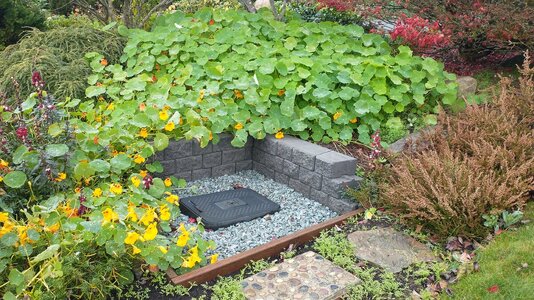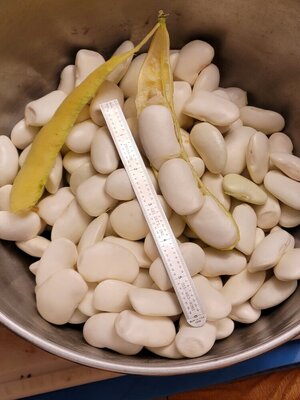Finnie
Deeply Rooted
Oh my gosh don’t EVER plant Cut Leaf Rudbeckia!!An equally good thread would be, 'what not to plant in your garden, even once'.I'd have a few for that list. And a lot less work every season if I had known.
I love rudbeckia, but this is entirely different. Lowe’s had it once and I thought “Oh, a new rudbeckia to try!”. I bought 3. They were pretty cool at first. Grew over 6 feet tall. Pretty yellow flowers, although kind of small sparse considering the thick vegetation they were blooming on. Within a few years they had made a huge dense hedge and were reseeding themselves all over the property.
It was a huge chore keeping them trimmed back because they would topple over in the wind and get in the way of anything near them. I decided to get rid of them, which was hard enough to chop down and dig out the thick established section, but even harder trying to stamp them out everywhere else before they can get a foothold. I know what their little leaf sprouts look like now and I hate them even more than bindweed!





 I saw some in one of my neighbor's yard, and planted some in the front flower bed from transplants. It spreads incredibly fast by underground rhizomes, and is very difficult to eradicate... it will return from even a tiny piece of root missed. Had to dig up the whole bed to get rid of it. Mint would be 2nd worst.
I saw some in one of my neighbor's yard, and planted some in the front flower bed from transplants. It spreads incredibly fast by underground rhizomes, and is very difficult to eradicate... it will return from even a tiny piece of root missed. Had to dig up the whole bed to get rid of it. Mint would be 2nd worst.